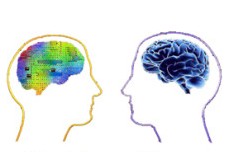The dynamically developing IT-industry offers more and more machine-aided solutions to facilitate the work of a translator and a simple person who does not know foreign languages. Now a great variety of machine translation programs are represented in the market. Should we trust this means of translation? Let’s try to find out what is a machine-aided translation and translation made by a professional translator or a translation agency.

Machine translation means translation of texts (written texts and even speech) from one natural language into another using a special computer program (source - Wikipedia). Quality of this type of translation does not always meet requirements especially put to literary texts. After translation a text requires editing as machine translation sometimes performs too literal translation due to the lack of intelligence. Machine translation has certain advantages, but it couldn’t be compared with professional translation. As a rule, there are technical means just to facilitate a translation process for professionals, i.e. the so-called CAT Tools (Computer-Aided Translation - translation of texts using a computer and computer technologies (source - Wikipedia). One can use machine translation only if a text is needed for quick introduction, while an experienced translator can show all the nuances of the translated text.
There is no doubt that a certain share in the market will still belong to human translations. This means translations with high responsibility (legal translation, technical manuals, and medicine texts). Technical means will not soon be able to replace a professional translator, so a profession of translator will maintain its prestige until artificial intelligence is invented.
As professional translation agency Alliance Translation Services knows how to translate with high quality. Our translators do not use machine translation excluding CAT-tools such as Trados and specific electronic dictionaries. We know how the machine translation system operates, and we are convinced that the scope of its application is limited to the introductory translation.


